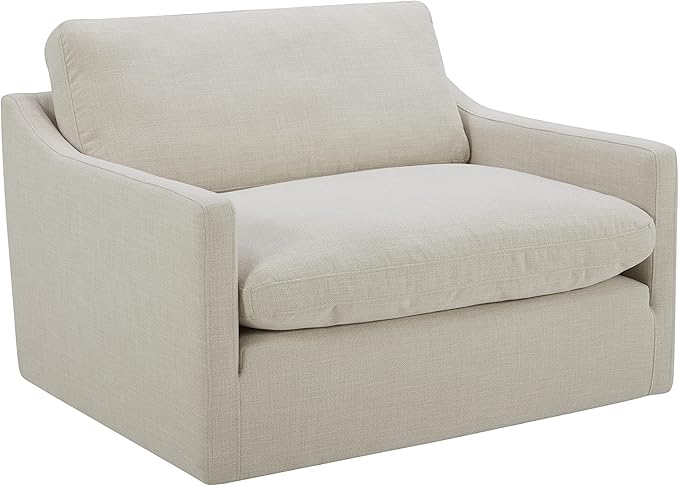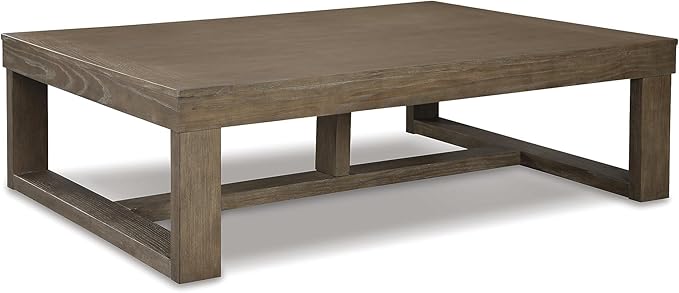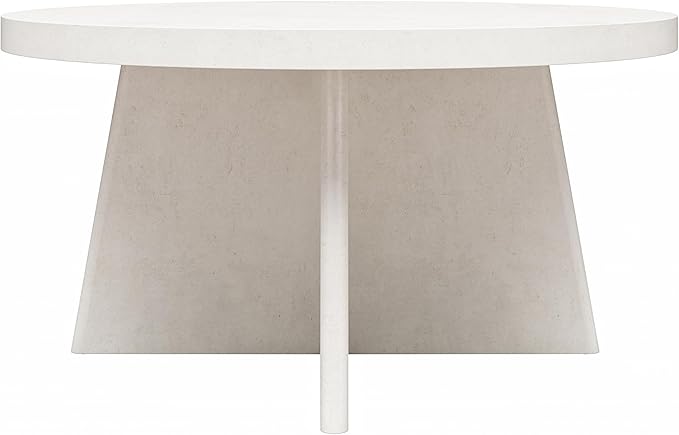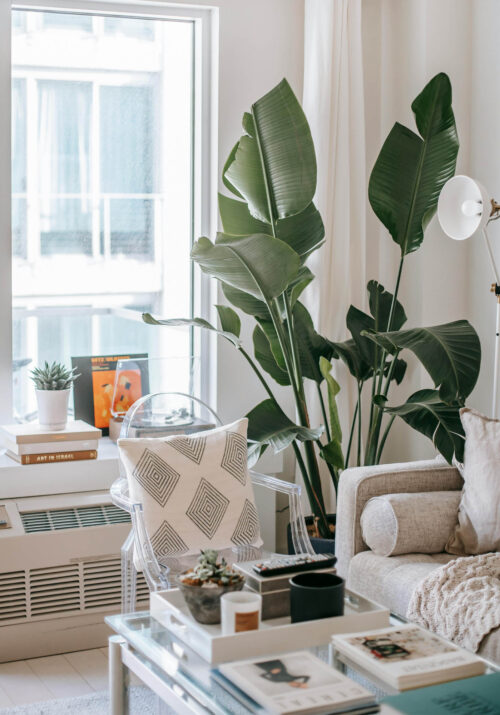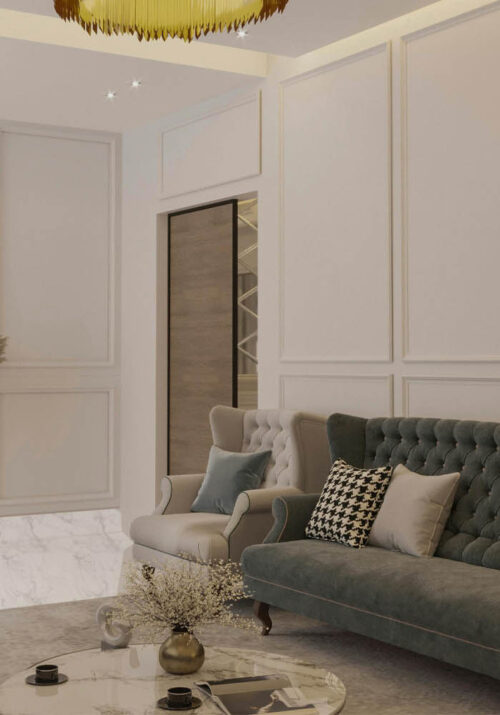We hear these terms everywhere, but do you truly understand what they mean and how to apply them in your own home? In the world of interior design, achieving harmony and balance within a space requires a deep understanding of two fundamental principles: scale and proportion. While often used interchangeably, these concepts of scale and proportion play distinct yet complementary roles in creating visually appealing and functional interiors.
Understanding the concepts of scale and proportion in interior design isn’t just reserved for professional designers; it’s equally relevant and beneficial for the everyday person looking to create a beautiful and harmonious living space. Whether you’re rearranging furniture in your living room, updating your bedroom decor, or simply organizing a small office corner, having a grasp of scale and proportion can significantly enhance the outcome.
By considering how different elements relate to each other in terms of size, shape, and placement, anyone can transform their space into a visually appealing and functional environment that reflects their personal style and preferences. With a bit of knowledge and creativity, mastering scale and proportion empowers individuals to confidently design spaces that are both aesthetically pleasing and practical for everyday living.
Let’s explore the differences between scale and proportion, and why mastering them is essential for successful design.
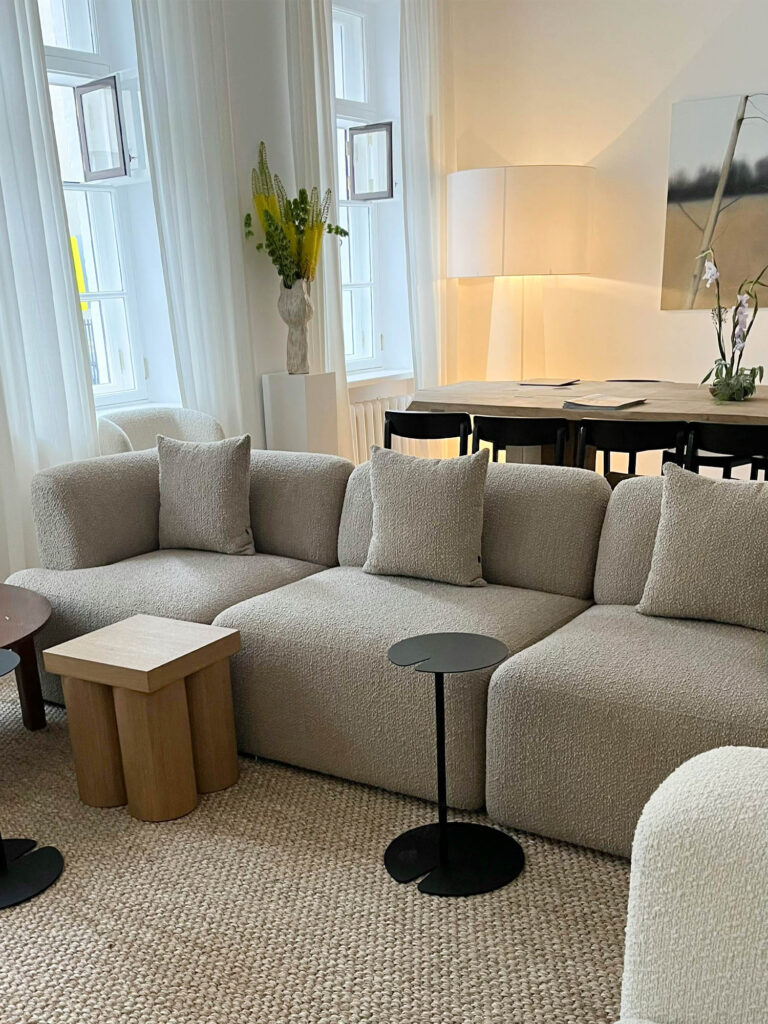
This post may contain affiliate links, meaning I could earn a small commission if you make a purchase through my link, at no extra cost to you. You can read my full disclosure here. Thank you for supporting Alagu Home!
Understanding Scale
Scale refers to the size of an object in relation to its surroundings. It involves assessing the dimensions of furniture, decor, architectural features, and other elements within a space and how they relate to the overall room size. When considering scale, it’s crucial to ensure that each item fits appropriately within the context of the room without overwhelming or underwhelming the space.
For example, in a large living room, oversized furniture pieces, such as a sectional sofa or a statement chandelier, can help fill the space and create a sense of coziness and intimacy. Conversely, in a small bedroom, choosing furniture with a smaller footprint, like a sleek platform bed or a compact dresser, can maximize floor space and prevent the room from feeling cramped.
Imagine walking into a living room where the scale is completely off: an oversized sectional dominates the space, dwarfing the coffee table and making it difficult to navigate around the room. The result is a cramped and uninviting atmosphere that lacks balance and proportion.
To remedy this situation, consider downsizing the sectional to a more appropriate scale for the room’s dimensions. Introducing a smaller, more proportionate seating arrangement allows for better circulation and creates a more open and inviting environment.
Additionally, swapping out the coffee table for one that complements the new seating arrangement in terms of size and style helps to restore balance and visual harmony to the space. By addressing the issue of scale, the room can be transformed into a comfortable and well-proportioned living area that feels cohesive and welcoming.
Keep reading this post to uncover more tips on how mastering the balance between scale and proportion is essential for achieving interior harmony in your designs.
Understanding Proportion
Proportion, on the other hand, refers to the relationship between different elements within a design. It involves how individual components relate to each other in terms of size, shape, and placement. Proportion considers not only the size of objects but also their arrangement and visual weight relative to one another.
For instance, when arranging furniture in a room, it’s essential to maintain balanced proportions to create a harmonious composition. Placing a large, bulky piece of furniture next to a delicate accent chair may throw off the visual balance and disrupt the flow of the space. Achieving proportionate arrangements ensures that each element complements the others and contributes to a cohesive design narrative.
Picture a dining room where the proportion is completely off: a tiny dining table is surrounded by oversized chairs that overpower the space, leaving little room for movement or comfort. The result is a disjointed and impractical setting that feels cramped and unbalanced.
To rectify this situation, consider replacing the oversized chairs with ones that are better suited to the scale of the table and the room itself. Opting for chairs with slimmer profiles or armless designs can help create a more visually open and spacious feel.
Additionally, ensuring adequate spacing between furniture pieces and allowing ample room for maneuvering around the table enhances functionality and flow within the dining area. By addressing the issue of proportion, the dining room can be transformed into a harmonious and well-proportioned space that promotes comfort and enjoyment during meals and gatherings.

Why Scale and Proportion Matter in Design
Mastering scale and proportion is vital in interior design for several reasons:
Visual Harmony
Properly scaled and proportioned elements create a sense of visual harmony and balance within a space. When everything is in proportion, the eye can effortlessly navigate the room, and each element feels like it belongs.
Functionality
Consideration of scale and proportion ensures that a space remains functional and practical for its intended use. Oversized furniture in a small room can impede circulation and usability, while undersized pieces may not fulfill their intended function effectively.
Aesthetic Appeal
Well-balanced proportions contribute to the overall aesthetic appeal of a room, elevating its design and enhancing its visual appeal. A carefully curated mix of sizes, shapes, and placements creates interest and adds depth to the space.
Perception of Space
Scale and proportion influence how we perceive the size and proportions of a room. Strategic use of scale and proportion can make a small room feel more spacious or a large room feel more intimate, depending on the desired effect.
Final Thoughts
Scale and proportion are foundational principles in interior design, influencing every aspect of a space’s layout and aesthetic. By understanding how these elements interact and mastering their application, designers can create interiors that are not only visually stunning but also functional, balanced, and harmonious. Whether designing a cozy living room or a grandiose dining area, attention to scale and proportion is key to achieving interior harmony and creating spaces that truly resonate with occupants.
